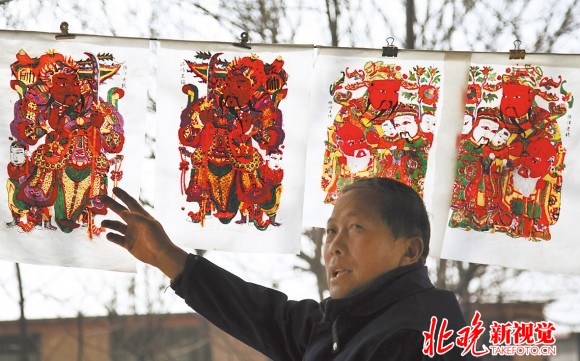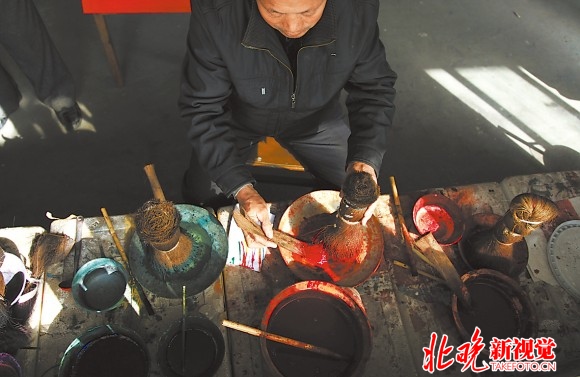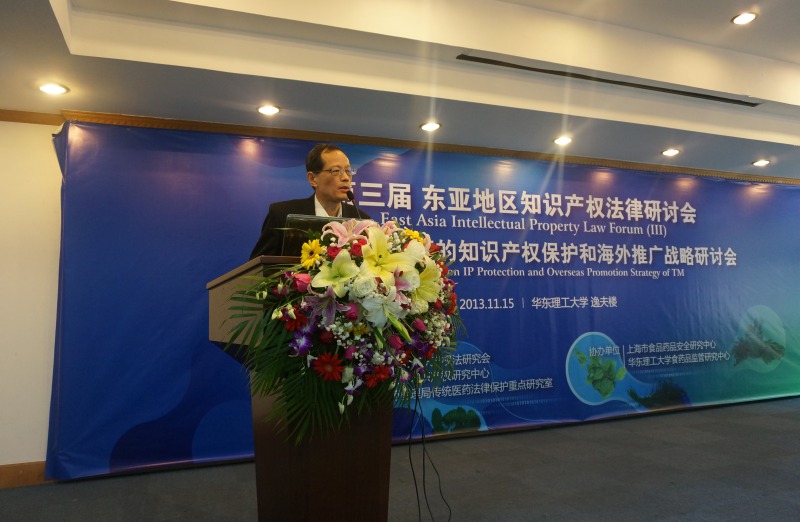The Traditional Craft of Wanglou Wooden New-Year-Painting has been Listed in the Municipal Intangible Cultural Heritage List


The traditional craft of Wanglou wooden New Year paintings in WanglouVillage, Tengzhou City, Shandong Province was originated in the period of YongLe Emperor in the Ming Dynasty, and flourished in the period of the QianlongEmperor in the Qing Dynasty. At the end of the Qing Dynasty, Wanglou villagehad been the largest base of wooden New Year paintings in southern Shandong Province.Now, it’s a famous place of wooden New Year paintings in Shangdong Province. Asa representative of Chinese “New Year culture”, the New Year paintings expresspeople’s good wills and make the Spring Festival much more meaningful. Most ofthe new year paintings are colorful, with vivid figures and flowing lines, containingstrong classical charm. In the respect of craftsmanship, a wooden New Yearpainting shall be made through several processes such as block-cutting,typesetting, printing and color matching. And it needs be printed for 6 times.
The folk custom of posting new year painting is originated from theoriginal willing of stabilizing life and avoiding evil spirits, embodying thecultural characteristics created by agriculture civilization. Nowadays, peopleuse it to welcome the Spring Festival, and to pray for a year of harvest aswell as to wish a good luck. The market is full of many New Year paintingsprinted by machines. Compared with them, the wooden New Year paintings made bytraditional crafts have less competitive prices. So the amounts of craftsmen whowork on wooden New Year paintings have been less and less since the 1990’s.Wanglou wooden New Year paintings have gradually formed the rough, unadornedand solemn artistic characteristics through the inheritance of successivegenerations. In order to preferably protect traditional cultural arts, WangZhengyi, a craftsman, has established a wooden New Year painting associationand has also made innovation based on the inheritance, as well as creating a seriesof new works listed in the municipal intangible cultural heritages list.
Date:2014.2.25
Source: BeijingEvening Paper
next:Intangible Cultural Heritages with Oceanic Characters in Sansha City, Inheriting Culture Characters for Thousands of Years


